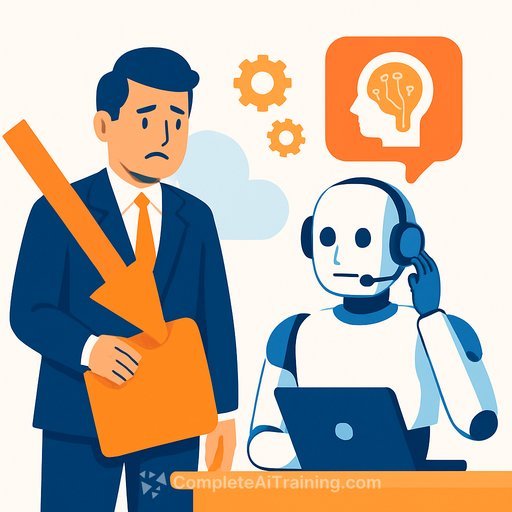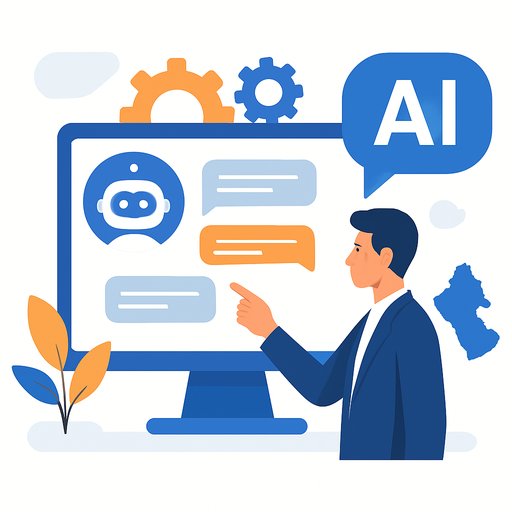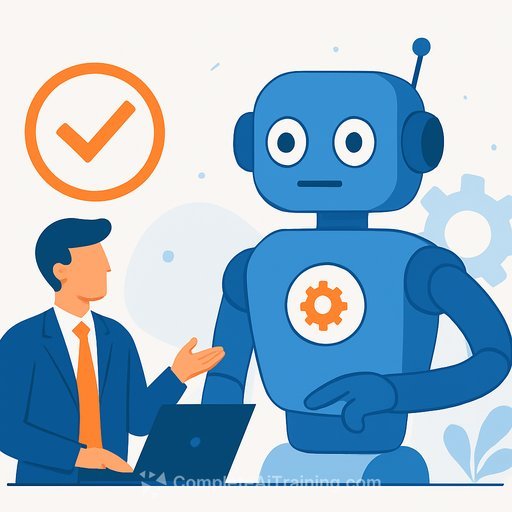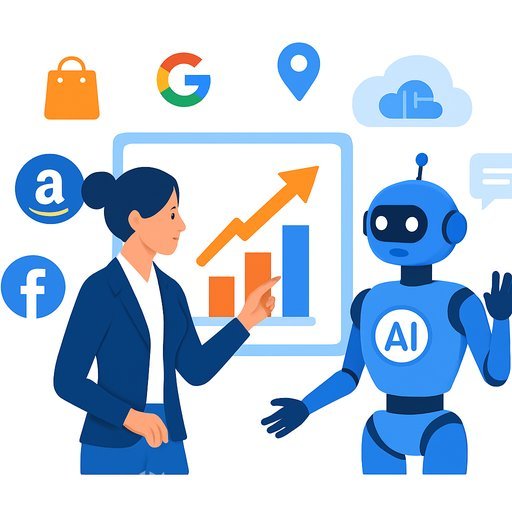Gen AI Hits India's CX: Entry-Level Roles Shrink, Skills Shift
AI is changing the math of customer support in India. When a platform can handle millions of interactions and close most tickets on its own, headcount needs drop - fast.
In late March, Zomato cut roughly 600 customer support executives after launching an AI platform that now manages more than 15 million interactions a month. The company says its AI resolves up to 80% of queries and trims resolution time by 20%.
The signal
Across the CX sector, vendors that adopt AI see a steep reduction in entry-level voice and chat roles. Official data on AI-driven job losses is thin, even as the BPO sector contributes an estimated $32 billion to India's larger tech export market.
"Before the arrival of generative AI, we had 15,000 customer service agents; now we have fewer than 4,000," said Ravi Prashanth, a former head of a CX vendor serving a major telecom carrier. Ganapati Hegde, a former QA manager in Bangalore, added: "There used to be two layers of workforce in the contact-centre industry. After agentic AI arrived, the first layer has almost vanished."
What changed
AI is absorbing routine work and first-contact triage. "I'd say around 40% of call centre operations in India are automated today," said Rohit Agarwal, Co-founder of Zenius. "Entry-level voice and chat support roles are being minimized because AI chatbots are handling routine queries."
The volume of calls is also dropping due to better apps and self-service. "Two years ago, while serving an American telecom carrier, we'd get around 40 customer calls per day; later that number has dropped to 4 or 5," Prashanth said.
QA, redefined
Quality assurance has moved from manual sampling to bot-driven monitoring. "Nine months ago, as a quality assurance manager, I used to listen to at least 40 customer calls per hour… Today, bots perform the quality-assurance role and even send emails just as I used to," Hegde said.
What this means for support pros
The first layer of repetitive work is disappearing. Teams are smaller, but each person covers broader ground across channels and systems.
Those who stay focus on empathy, complex problem-solving, and overseeing automation. Many agents now handle escalations, tune bots, improve knowledge bases, and manage special cases AI can't resolve.
Skills that survive (and win)
- Empathy and de-escalation: defuse frustration, take ownership, and restore trust.
- Complex resolution: diagnose issues across systems, policies, and edge cases.
- Bot supervision: review failed intents, update FAQs, and refine flows.
- Conversation design basics: write clear prompts, replies, and handoff logic.
- QA with AI: set guardrails, audit transcripts, and flag compliance risks.
- Data fluency: read dashboards, track containment, CSAT, FCR, and make changes.
How teams are reorganizing
- Lean front lines: AI handles common queries; humans take the tough ones.
- Hybrid roles: the same person covers email, chat, and escalations, and reviews bot fallout.
- Continuous improvement: weekly loops to fix top failure reasons and update content.
Emerging roles you can move into
- Automation Analyst: monitors containment and resolution gaps; prioritizes fixes.
- Conversation Designer: crafts intents, prompts, replies, and escalation paths.
- Bot Trainer: labels data, tunes models, and maintains knowledge articles.
- Escalation Specialist: handles high-stakes cases with strong empathy and judgment.
- QA Lead (AI-assisted): builds scorecards, audits with AI, enforces compliance.
- Workforce/Capacity Analyst: balances human and AI routing to hit SLAs.
Your 30-day plan
- Shadow your bot: review 100+ bot-handled transcripts; list top 10 failure themes.
- Fix what the bot can't: write improved replies and escalation rules for those themes.
- Upgrade empathy: practice mirroring, labeling emotion, and concise resolution framing.
- Level up tools: learn your bot platform, analytics dashboard, and knowledge system.
- Measure impact: track containment rate, AHT on escalations, and CSAT before/after your changes.
Manager checklist
- Define a clear split: bot-first for routine; human-first for urgency, risk, or emotion.
- Rewrite KPIs: include bot containment, time-to-escalation, and issue recurrence.
- Close the loop weekly: top bot failures → content updates → retrain → remeasure.
- Retain by upskilling: move strong agents into bot training, QA, or escalation pods.
The human edge isn't dead - it's focused
Empathy, judgment, and accountability keep their value. What's gone is the volume of repetitive tickets that used to fund large entry-level teams.
Prepare to carry more scope, manage automation, and prove impact with data. Those who adapt will still have strong careers in CX.
Context and resources
For industry background, see NASSCOM. For company context, visit Zomato.
Want a structured path into bot supervision, prompt writing, and AI-assisted QA? Explore AI courses by job and the ChatGPT certification focused on practical customer support workflows.
Quotes from the field
"Before the arrival of generative AI, we had 15,000 customer service agents; now we have fewer than 4,000." - Ravi Prashanth
"After agentic AI arrived, the first layer has almost vanished." - Ganapati Hegde
"Around 40% of call centre operations in India are automated today." - Rohit Agarwal
Your membership also unlocks:





